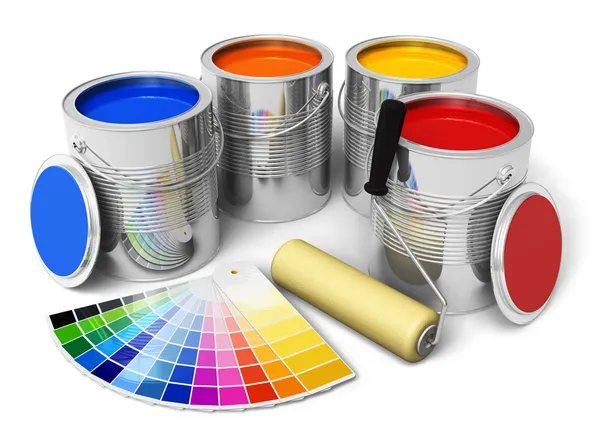If you are looking for an alternative that is not yellow, resistant UV and non -toxic for traditional paint, try the color of the fluid. They are also very flexible, making it ideal for many techniques, including pouring, dropping, glass and shade. Besides being an excellent alternative for watercolor, the color of the liquid can also be used in airbrushing techniques, especially when diluted with thinner airbrush. The best part? They do not fade and form films with extraordinary adhesion.
The color of the liquid does not turn yellow
Acrylic gold liquid is very pigmented and immediately brushed. They are also available in various artists. Click the product description tab to learn these colors. This paint does not turn yellow and does not contain fillers or extender. The color of the liquid has a very good adhesion, and can be used in airbrush techniques. If you prefer to work on paper, you can also use liquid color as an alternative to watercolor.
Oil-based paint must be used in places where they will not turn yellow. This means that oil -based paint should not be used near materials that naturally change colors, such as stained wood. Reducing this surface will be less visible by determining strategic positions. If you want the white surface to remain white, use colorfast tiles. This type of tile is intended to stay white. Ideally, you should avoid oil -based paint on wood or stained materials.
Hold UV
PTFE, also known as polyetherimide, is a type of UV resistant plastic. Chemical resistance and tensile strength are far superior to typical plastic. However, he has a weakness, and its use is limited to darker colors. Polyetherimide is also fragile, and does not blend with fiber. However, this is UV resistant and is generally used in aerospace machinery and automotive sections.
Plastic can hold UV by adding UV absorbers or stabilizers. Titanium dioxide and black carbon are examples of effective inhibiting pigments. Or, organic compounds that absorb UV rays and emit them at less dangerous wavelengths can be added to plastic. This antioxidant can be added to certain plastic to increase UV protection, but may not act as an UV absorbent or accelerate the degradation process.
Non -toxic
Artist paint pigment is usually not toxic. This is due to the fact that they do not come in contact with the human body regularly, and therefore they cannot be absorbed through the skin. Conversely, cosmetic pigments and food are applied to the skin and are usually consumed by humans. While producers cannot anticipate all possible use of their products, they can usually label the product as non -toxic if used according to the intended use. Therefore, before choosing any paint, it is important to identify the purpose of the intended use.
Paint labeled non -toxic non -poisonous if used according to instructions. The main components of acrylic paint are pigments, polymers, and binding agents. As an additional bonus, the paint is water -based. Oil -based paint has a dangerous solvent because of the vapor. People with breathing problems may find this problem. To be completely safe, you only have to use non-toxic paint.
Non-yellow
The main benefit of the liquid color is that they are very flexible. They are suitable for pouring, dropping, glass, shade, and coloring techniques. Liquid color is an excellent alternative for watercolor and can also be used in airbrushing techniques, when diluted with thinner airbrush. This is due to the fact that they do not turn yellow and form an excellent adhesion film. In addition, they are compatible with our other media and texture.
Oil -based paint, especially those stored in a dark environment, will tend to be significant yellow. This process, however, can be fully reversed with light. Sands has written about this problem, but he never compared the level of recovery between a mixture of simple pigment/oil and fully formulated paint. He kept a swatch in dark storage for six years. Until now, this is not really possible because of the complexity of oil-based paint.



